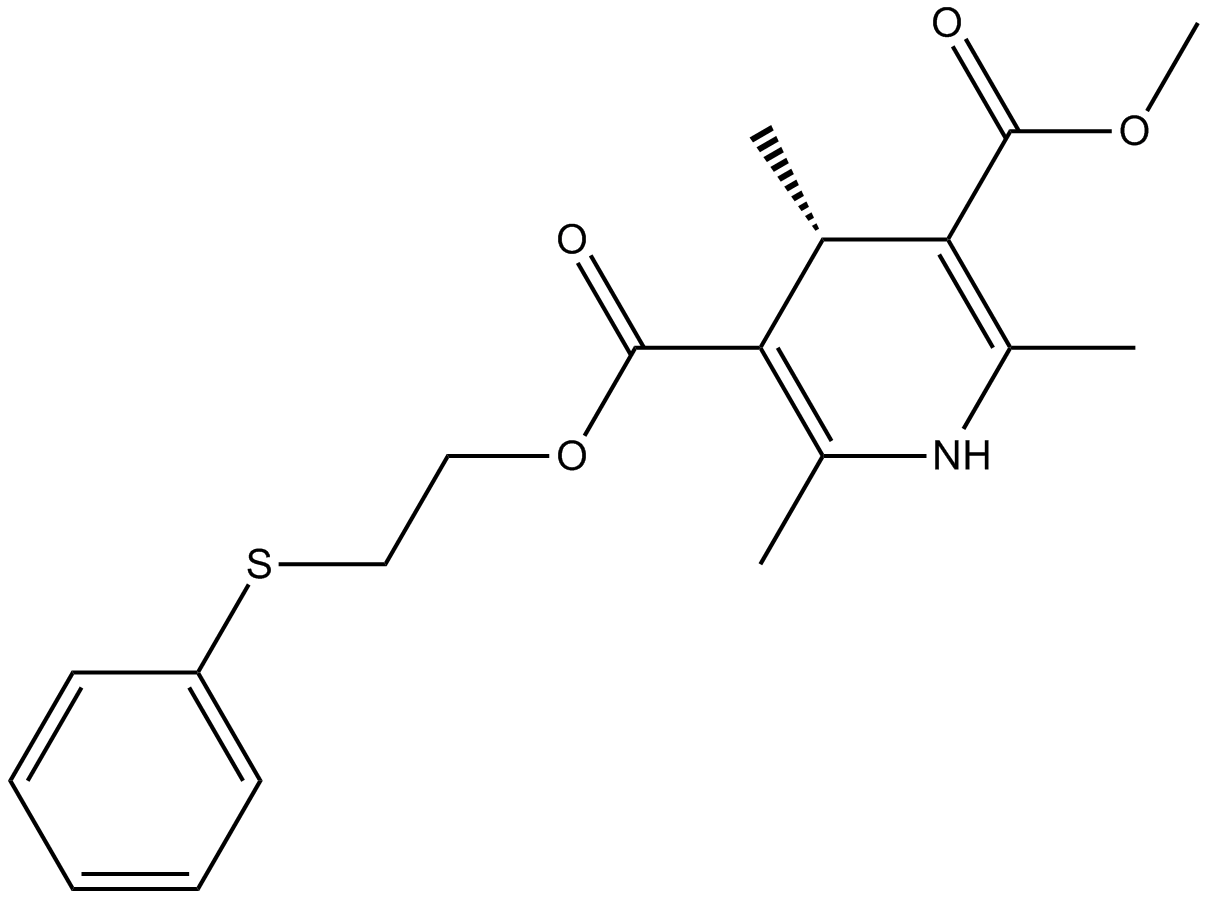Early compromise of venous outflow usually leads to swelling and results in hemorrhage24 and 25 in both microsurgical or neurointerventional management
 of Tariquidar AVMs. The draining vein can be occluded only after most of the nidus volume is obliterated.7, 12 and 26 Seven cases of small AVMs (nidus <2–3 cm) embolized transvenously have been reported in the literature.16, 27 and 28 The AVMs were embolized through the draining vein by retrograde injection of Onyx. This highly demanding technique could achieve an excellent outcome without complications, and the authors concluded that AVMs with a small nidus, a single and nondilated draining vein, or the presence of a venous sac structure emerging from the nidus were candidates for transvenous embolization.
of Tariquidar AVMs. The draining vein can be occluded only after most of the nidus volume is obliterated.7, 12 and 26 Seven cases of small AVMs (nidus <2–3 cm) embolized transvenously have been reported in the literature.16, 27 and 28 The AVMs were embolized through the draining vein by retrograde injection of Onyx. This highly demanding technique could achieve an excellent outcome without complications, and the authors concluded that AVMs with a small nidus, a single and nondilated draining vein, or the presence of a venous sac structure emerging from the nidus were candidates for transvenous embolization.Yuki et al.21 reported a series of AVM with high-flow arteriovenous fistula treated by endovascular embolization combined with surgical resection or stereotactic radiosurgery. They used similar techniques to embolize venous pouch of fistulous component firstly followed by liquid embolic agent injection to occlude plexiform components in part of cases of their series. The author emphasize that in their series the venous pouch received blood flow from the fistula only and was independent from other non-fistulous components. The complication rate was 5.4% in their report.21
In our cases, we partially occluded the venous pouch abutting the nidus through the fistula as the first step of embolization, the venous pouch received blood flow from not only the fistula but also from other non-fistulous components. The fistulas were large enough to accommodate a microcatheter with an outer diameter of 0.57 mm (Echelon-10; ev3) or 0.60mm (Excelsior SL-10; Stryker) and the fistulas were large enough to also allow easy navigation to the venous pouch. Injection of Onyx or NBCA could easily flow through such a fistulous component and might compromise the distal cerebral venous system or dural sinuses. After putting coils in the venous pouch adjacent to the nidus, the coil mass on the venous side served as a net to entrap NBCA or Onyx that flowed to the venous side and the flow rate was reduced appropriately compared with the other non-fistulous components. The injection of NBCA or Onyx was less likely to flow beyond the coiled venous pouch and the normal cerebral venous drainage was protected before nidus obliteration.
The amount of Onyx used in AVM embolization correlated with the hemorrhagic complication rate.7 From our preliminary experience in 4 patients with AVMs >3 cm in size, this technique might reduce the amount of Onyx used during embolization procedures for large-sized AVMs. In a large AVM with a fistulous component, significantly more Onyx is needed for obliteration of both the venous sac and the nidus, and this amount might increase the possibility of complication. This issue warrants further investigation.
There was 1 hemorrhagic complication in our series (Figure 1). This patient (patient 1) had an AVM of S-M grade III with a fistulous nidus. We partially packed the venous pouch with detachable coils to reduce flow and, subsequently, liquid embolization of the nidus was performed successfully through multiple arterial feeders. The post-embolization angiography demonstrated complete obliteration of the nidus. Three days later, the patient developed delayed ICH. On review of the unsubtracted image (Figure 1E) an Onyx cast is seen in the proximal cerebral venous system away from the coil mass. We
 speculate this might have compromised the normal cerebral venous outflow and may have induced progressive thrombosis of certain cerebral veins leading to the delayed hemorrhage. If the venous pouch was packed slightly more densely, probably the complication could have been avoided in this particular case.
speculate this might have compromised the normal cerebral venous outflow and may have induced progressive thrombosis of certain cerebral veins leading to the delayed hemorrhage. If the venous pouch was packed slightly more densely, probably the complication could have been avoided in this particular case.